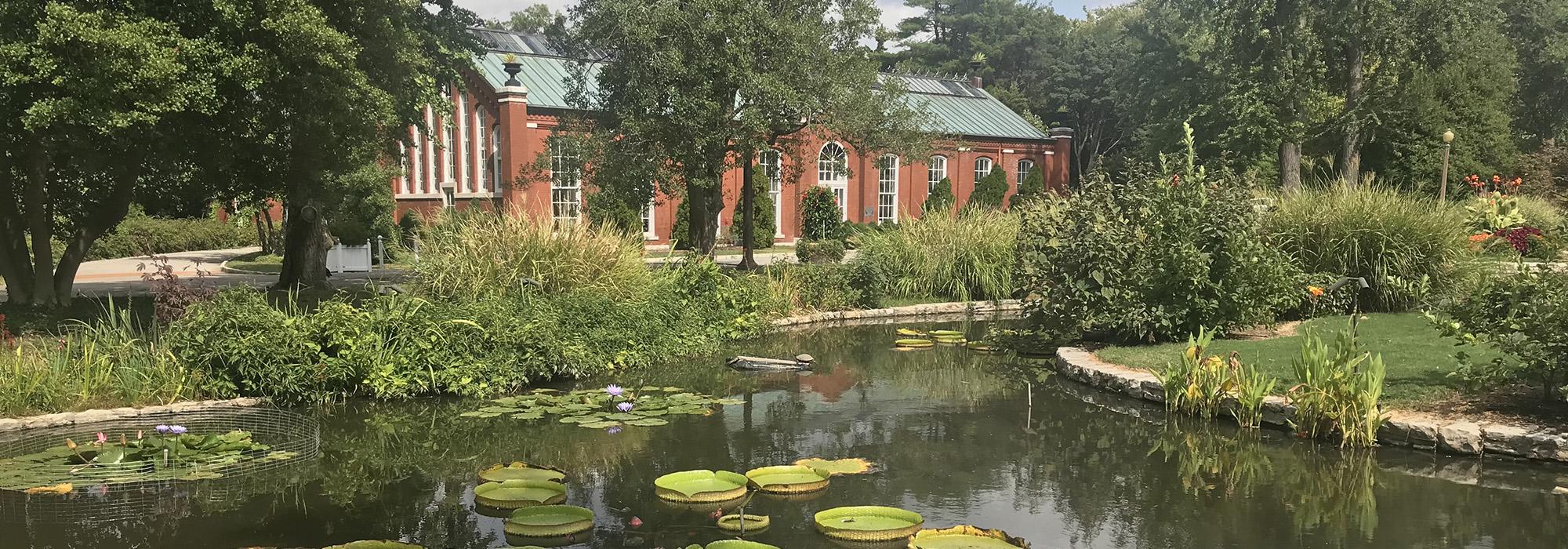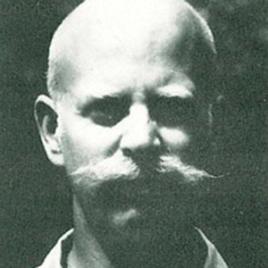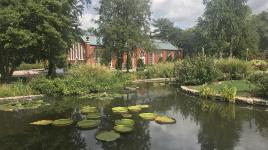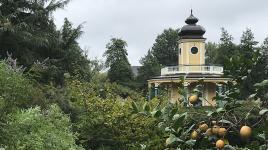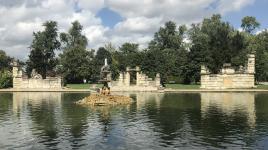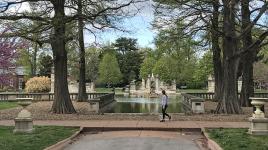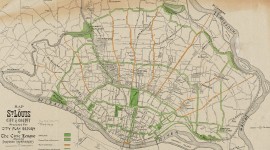Pioneer Information
Born in Columbia, Missouri, Cotton received a bachelor's degree from Princeton University in 1954. He briefly served in the U.S. Army during the Korean War before completing a master’s degree in architecture at Harvard University’s Graduate School of Design in 1960. After his studies, Cotton returned to his native Missouri, settling in St. Louis and beginning work for the newly founded firm Hellmuth, Obata + Kassabaum (HOK). With HOK, Cotton worked on a diverse range of projects in San Salvador, Germany, North Africa, Egypt, Greece, and around the United States. In 1966, he left HOK to establish his own firm in St. Louis. In his own practice, Cotton cultivated a professional and personal passion for historic preservation, advocating fiercely for the preservation and protection of Missouri’s historic resources. An obsessive researcher with a keen eye for detail, Cotton was instrumental in restoring many of St. Louis’ most valuable spaces and structures, including the Piper Palm House at Tower Grove Park, downtown St. Louis’ Wainwright Building, the Missouri Botanical Garden’s observatory and home of Henry Shaw, and Mark Twain’s childhood home in Hannibal, Missouri. He helped found the Missouri Alliance for Historic Preservation and the Landmarks Association of St. Louis, taught Renaissance Architecture at the Washington University in St. Louis School of Architecture, and contributed to numerous published works, including 100 Buildings of St. Louis County. An iconoclastic community leader, Cotton was recognizable around St. Louis for his mustachioed appearance and for traveling on his Harley Davidson motorcycle and his racing sailboat, Comet. In 2002, he was named a Fellow of the American Institute of Architects. He died in Missouri in 2009.



